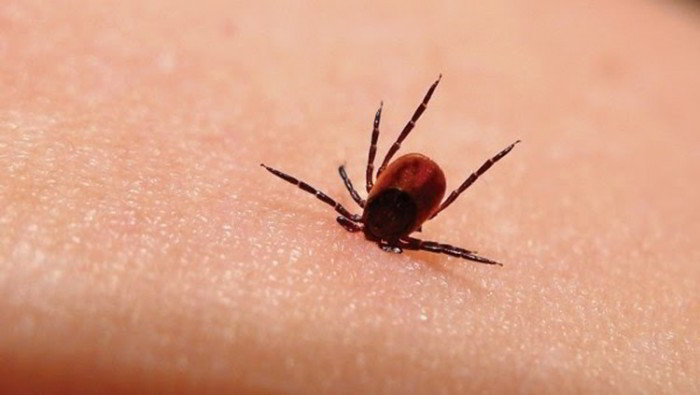Lyme disease is an illness transmitted by ticks that causes a rash and influenza-like symptoms. Named after old Lyme, the town in Connecticut, USA, where the disease was first understood, Lyme disease is the result of a bacterium called Borjrelia Burgdorferi.
If someone is bitten by an infected tick that stays embedded in the skin, bacteria can enter the bloodstream and may subsequently propagate through the entire body.
Most reports of Lyme disease have been recorded in the north-eastern coastal states of the US, but it can be picked up wherever ticks boom and is common in south-western France. The disorder also appears in northern and western US states, in Europe and in Central Asia. Individuals who go camping or walking in wooded areas during the summer months are most at risk of being bitten by a tick carrying Lyme disease bacteria.
What Are The Symptoms?
A bite from an infected tick typically creates a reddish lump with a scab on the skin, although some individuals that have been bitten may not see this first signal. Within two days to four weeks after the sting, these symptoms may develop:
- propagating ring-shaped rash at the site of the sting which could clear in the middle
- exhaustion
- influenza-like chills and fever
- head ache and joint pains.
If the disease is left untreated, these symptoms may last for several weeks. In some individuals that have Lyme disease serious complications may grow up to two years after that may change the heart, nervous system and joints.
What Might Be Done?
- Your physician may guess from your symptoms which you have Lyme disease and may also arrange for a blood test to confirm the identification
- You’ll be given prompt treatment with antibiotics – most folks make a complete healing.
- Non-steroidal anti-inflammatory drugs (NSAIDS) can help alleviate joint pain.
- Vaccines are at present available that offer 70 percent protection against Lyme disease. For
Ongoing protection, vaccination should be repeated every two years.
- In areas understood to be tick-infested, you should cover your arms and legs to reduce the risk of stings and quickly remove any ticks which you discover in your skin.
Complications are extremely uncommon.


 (53 votes, average: 4.51 out of 5)
(53 votes, average: 4.51 out of 5)